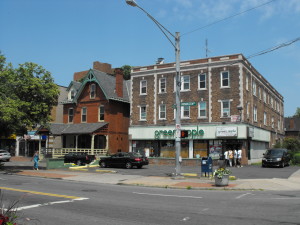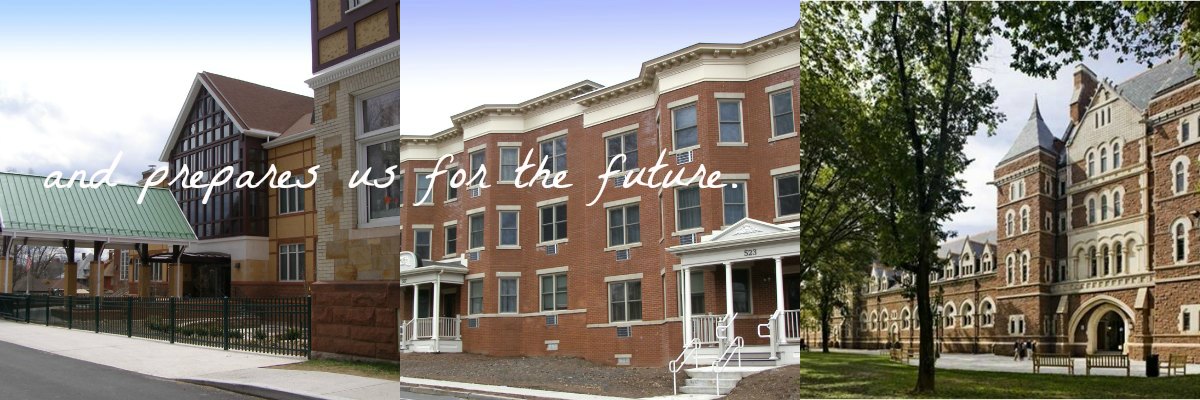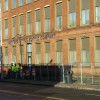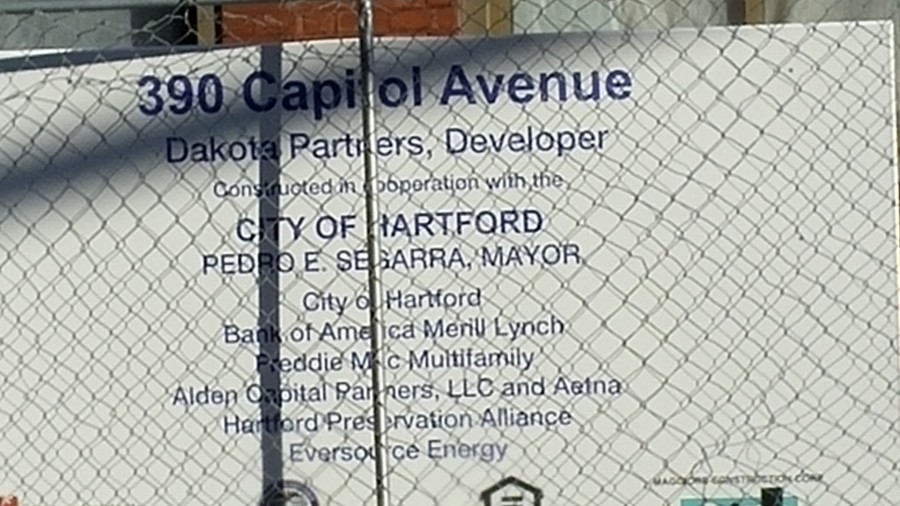 For the past one-and-a-half years the City of Hartford has worked to bring zoning codes into the 21st Century. The concept known as form-based code recognizes that decades old zoning codes do little to reflect and promote urban development now required to sustain cities such as ours in attracting new residents. Although a little stuffy, the Wikipedia definition works well to introduce what can be accomplished in adopting a new code in Hartford:
For the past one-and-a-half years the City of Hartford has worked to bring zoning codes into the 21st Century. The concept known as form-based code recognizes that decades old zoning codes do little to reflect and promote urban development now required to sustain cities such as ours in attracting new residents. Although a little stuffy, the Wikipedia definition works well to introduce what can be accomplished in adopting a new code in Hartford:
A Form-Based Code (FBC) is a means of regulating land development to achieve a specific urban form. Form-Based Codes foster predictable built results and a high-quality public realm by using physical form (rather than separation of uses) as the organizing principle, with a lesser focus on land use, through municipal regulations. A FBC is a regulation, not a mere guideline, adopted into city, town or county law and offers a powerful alternative to conventional zoning regulation. (1)
Form-Based Codes are a new response to the modern challenges of urban sprawl, deterioration of historic neighborhoods, and neglect of pedestrian safety in new development. Tradition has declined as a guide to development patterns, and the widespread adoption by cities of single-use zoning regulations has discouraged compact, walkable urbanism. Form-Based codes are a tool to address these deficiencies, and to provide local governments the regulatory means to achieve development objectives with greater certainty.
In other words, the new code becomes a tool of supporting and sustaining the look and feel of a neighborhood or community. Current the code is based on use without giving form to the impact, typically negative, which may be felt in new construction. The form-based code is a powerful tool for historic preservation. Hartford with an inventory of greater than 5,300 historic register listed buildings – and many, many more that are historic but not listed – can benefit tremendously through a code which considers a building’s form rather than its use. The final draft of the proposed new code can be found on our website: Yes it is 260 some pages long but if you take a moment to review the document you will find it quite readable and easy to reference.
The Preservation Alliance welcomes the new code as a profound public tool in preservation of the fabric of Hartford. We talk often of the importance of the history found here and Hartford’s story lies in the bones of its buildings. A new code brings direct help in preserving what is important to the City.
Wish to receive our latest blog posts in your email in-box? Sign up below.
[email-subscribers namefield=”YES” desc=”” group=”Public”]











